Below is a map of Fort Cooper Historic State Park and hiking trails. There is one large parking area near the center of the park.
We grabbed some water (and our doggie, Sadie, of course) and made our way to the shore of Lake Holathlikaha. Canoes can be rented for exploring and fishing in Lake Holathlikaha (private boats are prohibited).
We were fascinated by these large sandhill cranes. They have such a loud and distinctive call that we heard then long before we saw them. Check out those red eyes!
A playground is located near the parking lot as well as restrooms (the only ones int he park). This small pavilion provides a lovely area to sit and enjoy the view. A large picnic shelter can be reserved.
Dogs are not allowed on the large sandy beach, but are permitted elsewhere in the park. Signs warn of the presence of alligators, although we did not see any.
There are about five miles of hiking trails. We set out on the trail at the west end of the parking area to find the location of the original Fort Cooper. The Seminole Trail Heritage signs provide insight into the life of the Seminole Indians that lived in the area and the reason Fort Cooper was constructed here. A military road that once let to Fort Brooke (Tampa) can be seen from the Fort Site Trail.
Fort Cooper was constructed in 1836 during the Second Seminole War. The war had begun in 1835 when the Seminoles and blacks annihilated a force under Major Francis Dade.
General Winfield Scott put Major Mark Anthony Cooper in command here with troops to build a shelter to care for the sick and wounded during the Battle of Withlacoochee. Scott planned to send relief in nine days. In just a couple of days the troops cut down hundreds of pine trees to build picket walls on this hilltop overlooking Lake Holathlikaha.
A few days later Osceola (courageous and respected leader of the Seminoles) attacked and held siege of the fort for 16 days with intermittent skirmishes throughout. Finally, relief arrived and the Seminoles were forced to leave.
From 1836 through 1842, the US used the fort as a horse depot, scouting post, and watering hole. It was subsequently abandoned.
The Third Seminole War broke out in 1855 and lasted more than two years. When Native Americans were captured they were sent to Indian Territories in the west and the blacks fighting by their side were returned to slavery. The defiant Seminoles continued to fight against the effort of the US government to deport them to reservations in Oklahoma. There were three great Seminole leaders during the wars:
- Chief Micanopy: captured, imprisoned, and eventual sent to the Indian Territory in the West.
- Osceola: skilled political and military leader who was taken prisoner by General Jesup during a meeting under a flag of truce. He died at Fort Moultrie in 1838.
- Chief Ablaka: a medicine man and spiritual leader who evaded US forces and relocated to the Everglades in south Florida. He taught his warriors to evade the whites, but to fight fiercely when forced to do so. Most of the surviving Seminoles were led by him to safety.
Approximately 200 Seminoles remained hidden deep in the Everglades with no treaty. The tribe was not federally recognized until the 1950s...a very sad story of the exploitation and treatment of Native Americans in our country. Today there are 4,500 ancestors of those survivors of the Seminole Wars.
We continued to hike the long loop trail near the fort site. Because we visited on a Monday, there were very few people in the park. Sadie, had a blast, as usual, exploring the smells of this new place.
After returning to the parking area, we walked to the east end of the lot to pickup the Dogwood Trail. It is another trail through a hardwood hammock where there are many dogwoods, although they were not yet in bloom during our visit. The trail continues past the edge of Coot Marsh of Lake Holathlikaha. Signs are very helpful in determining where you are along this (and other) trails in the park.
Sadie continued her investigations along the trail. There are bobcats, deer, snakes and other wildlife here, but we did not see any during our hike. We did see lots of butterflies but I only caught a photo of this one.
We continued on the long loop enjoying the beauty of the area. We really enjoy this type of park: a mix of nature and cultural history. The admission fee is a $3/vehicle. For additional information about the park, check out their website: https://www.floridastateparks.org/park/Fort-Cooper.

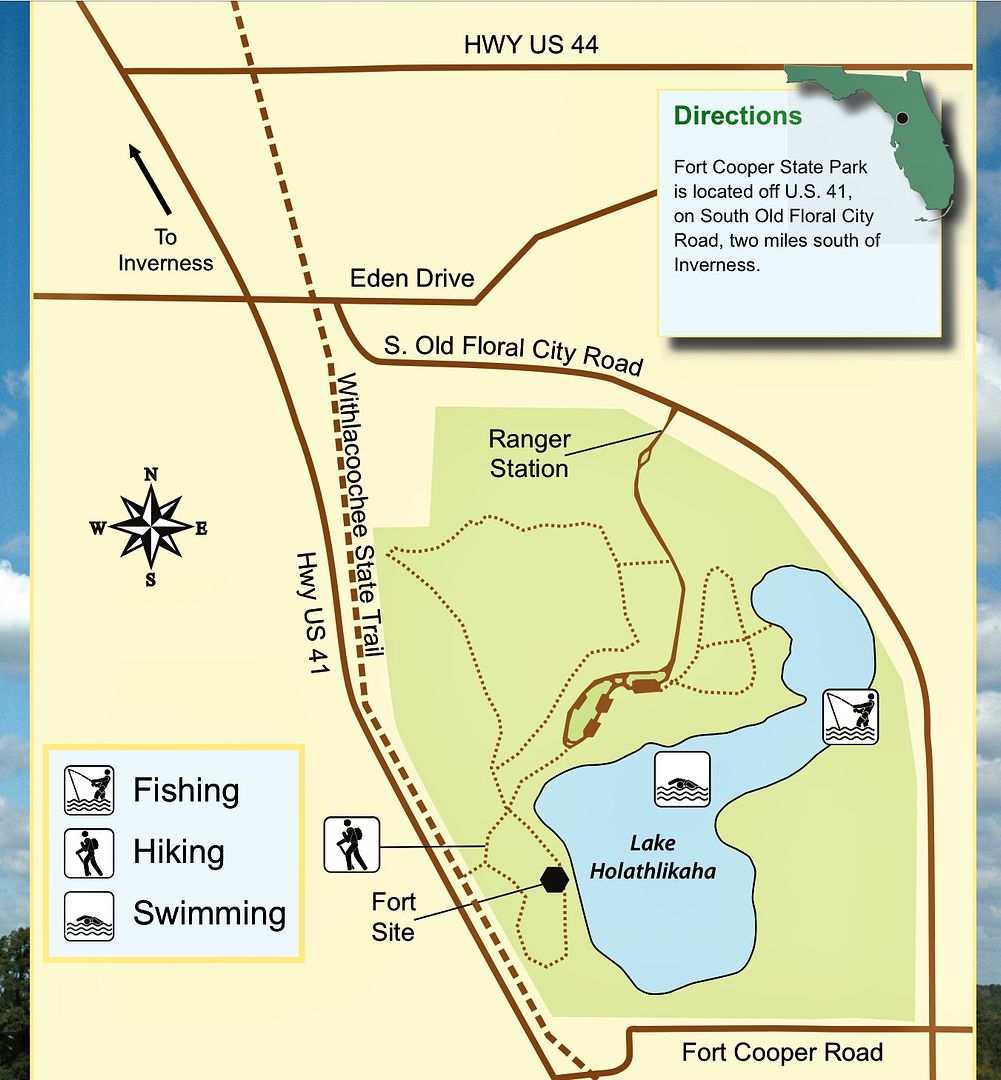

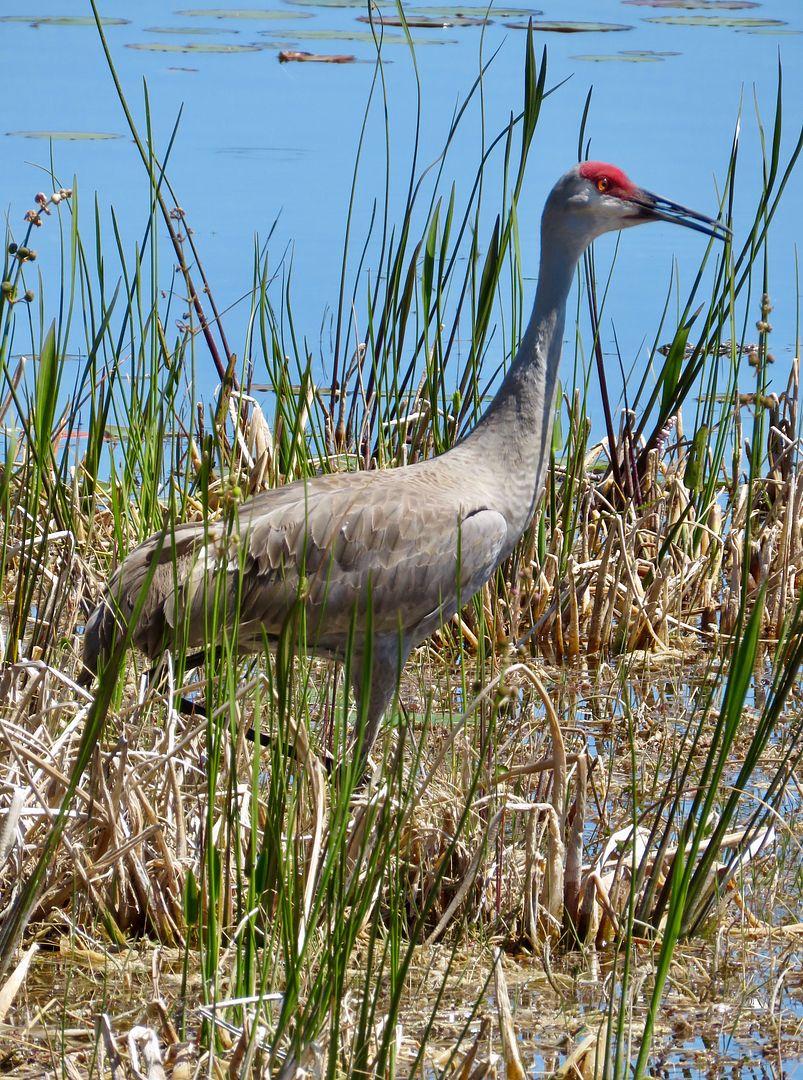

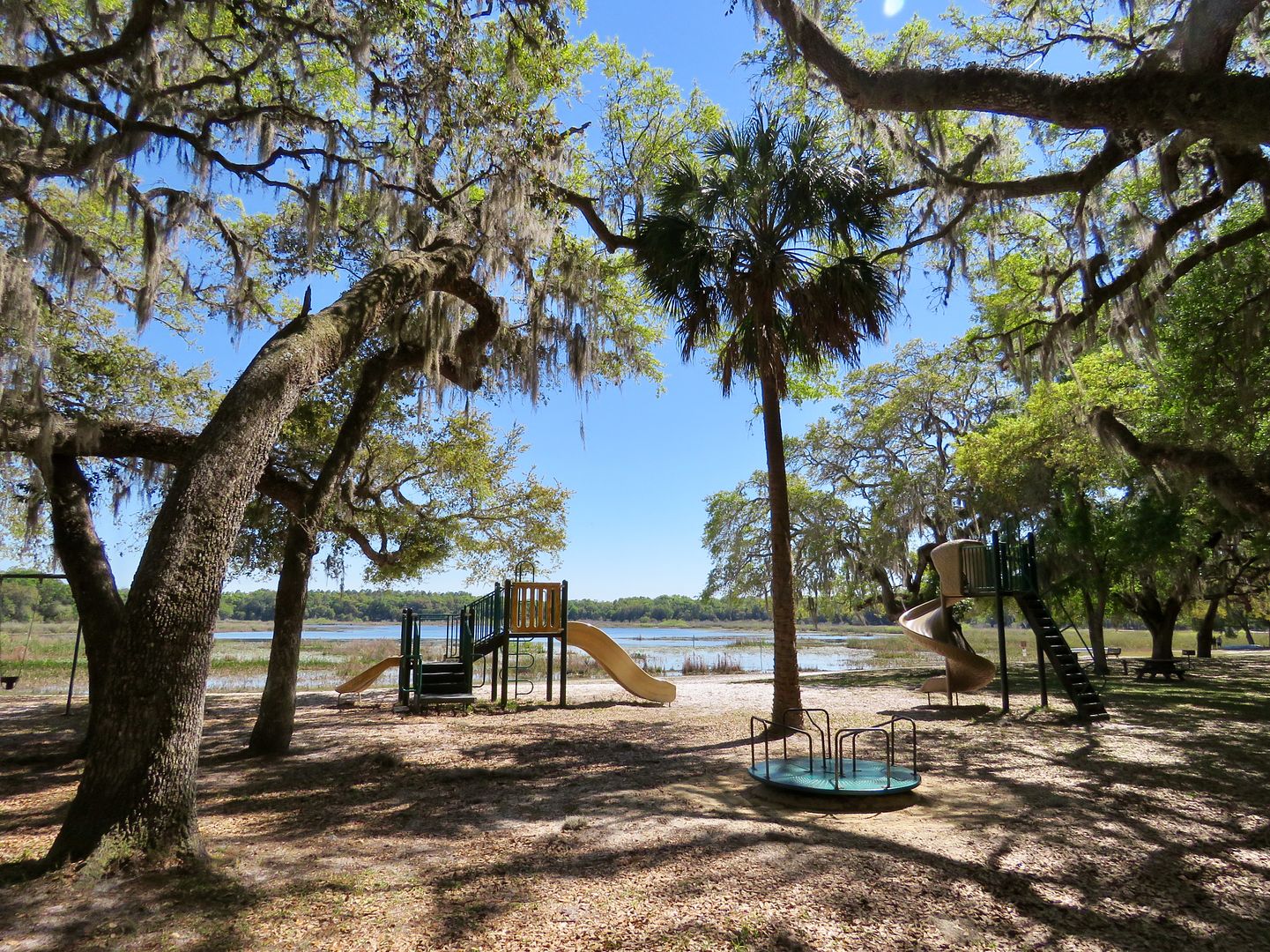
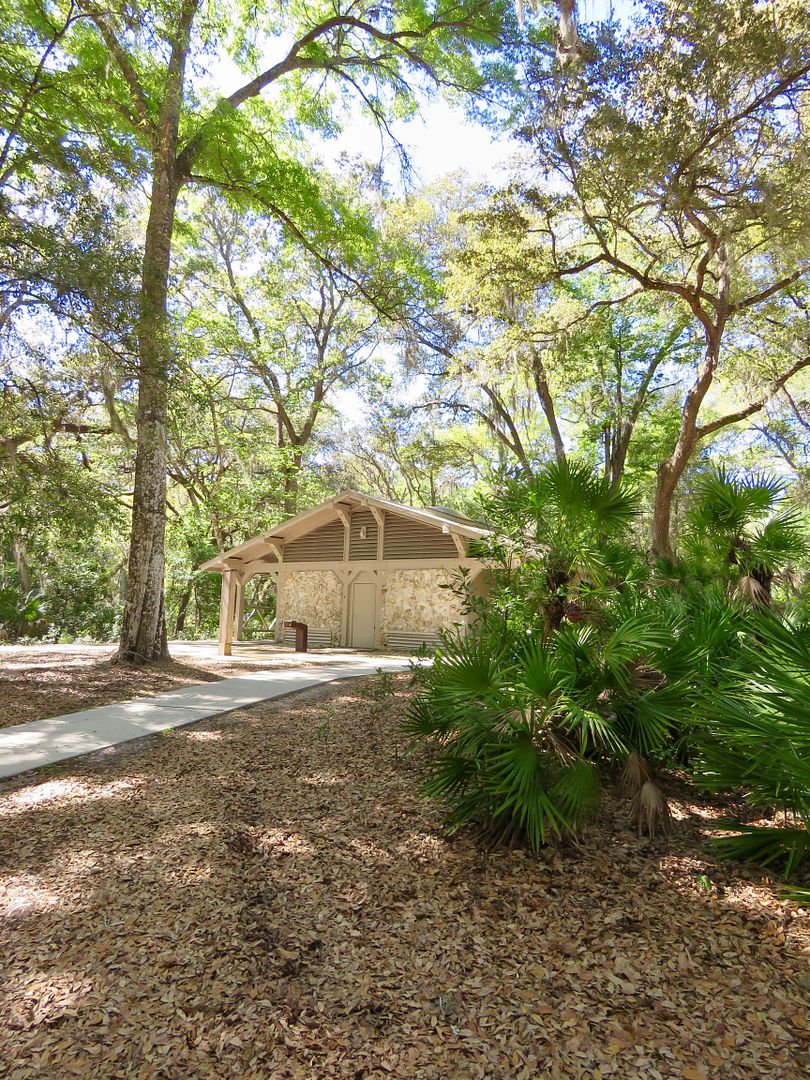



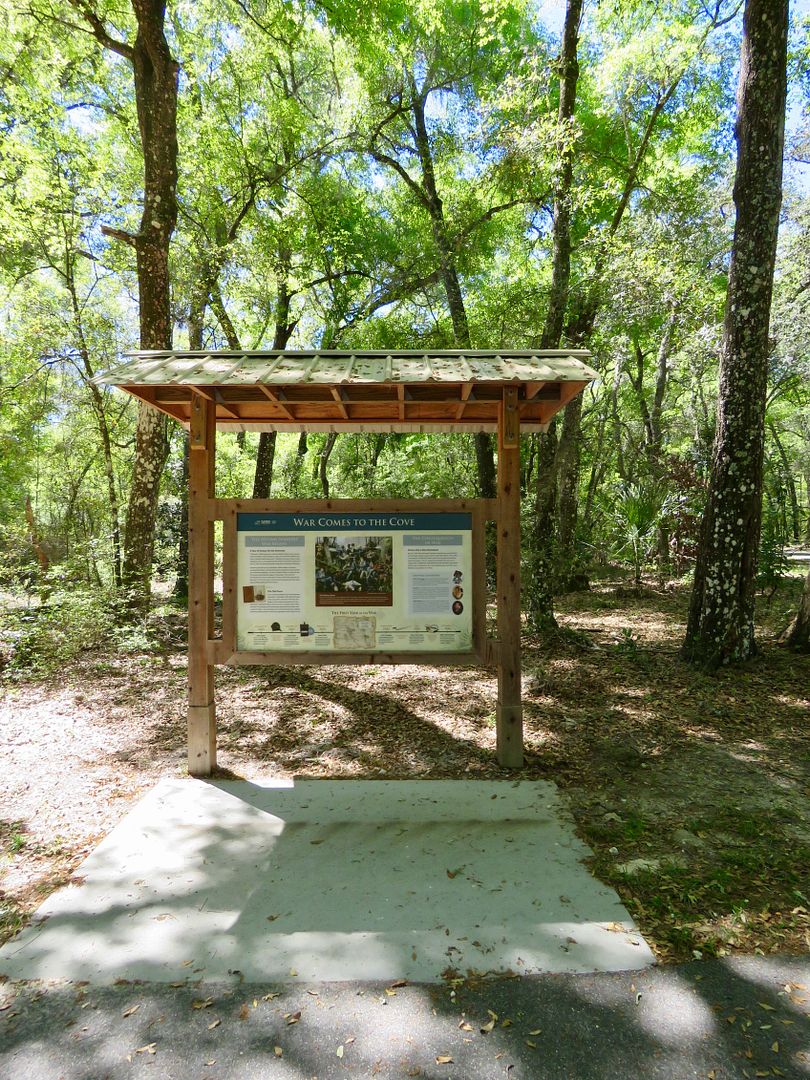
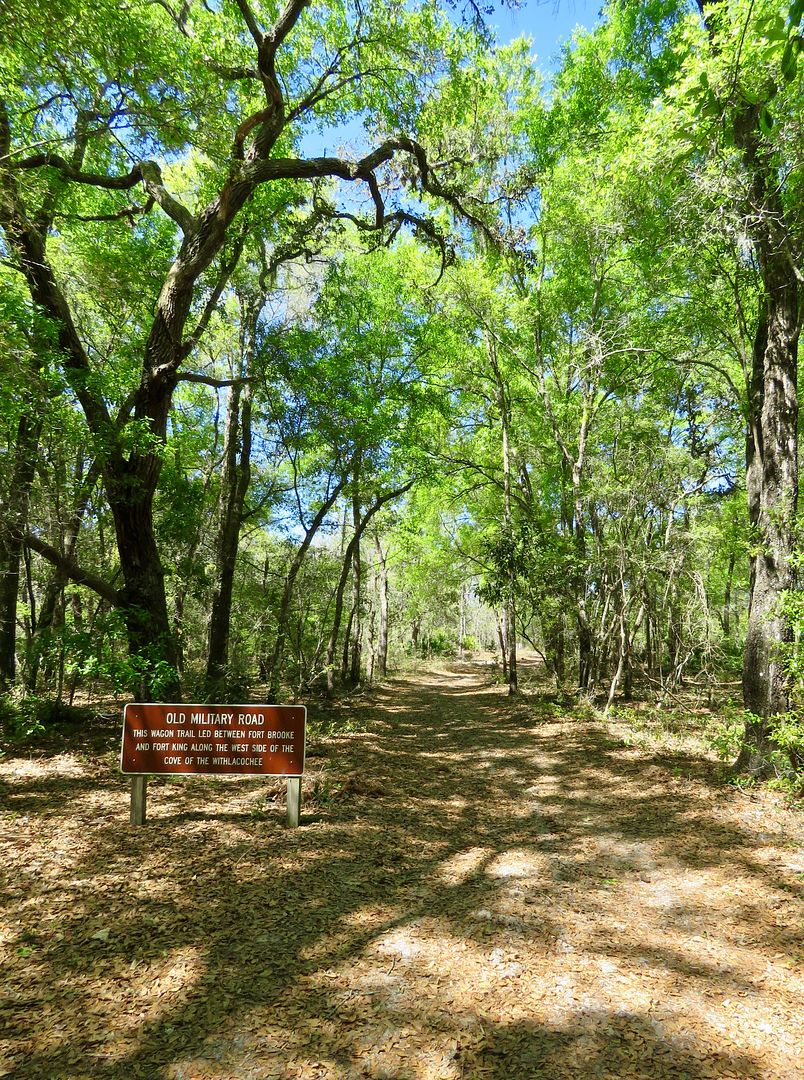
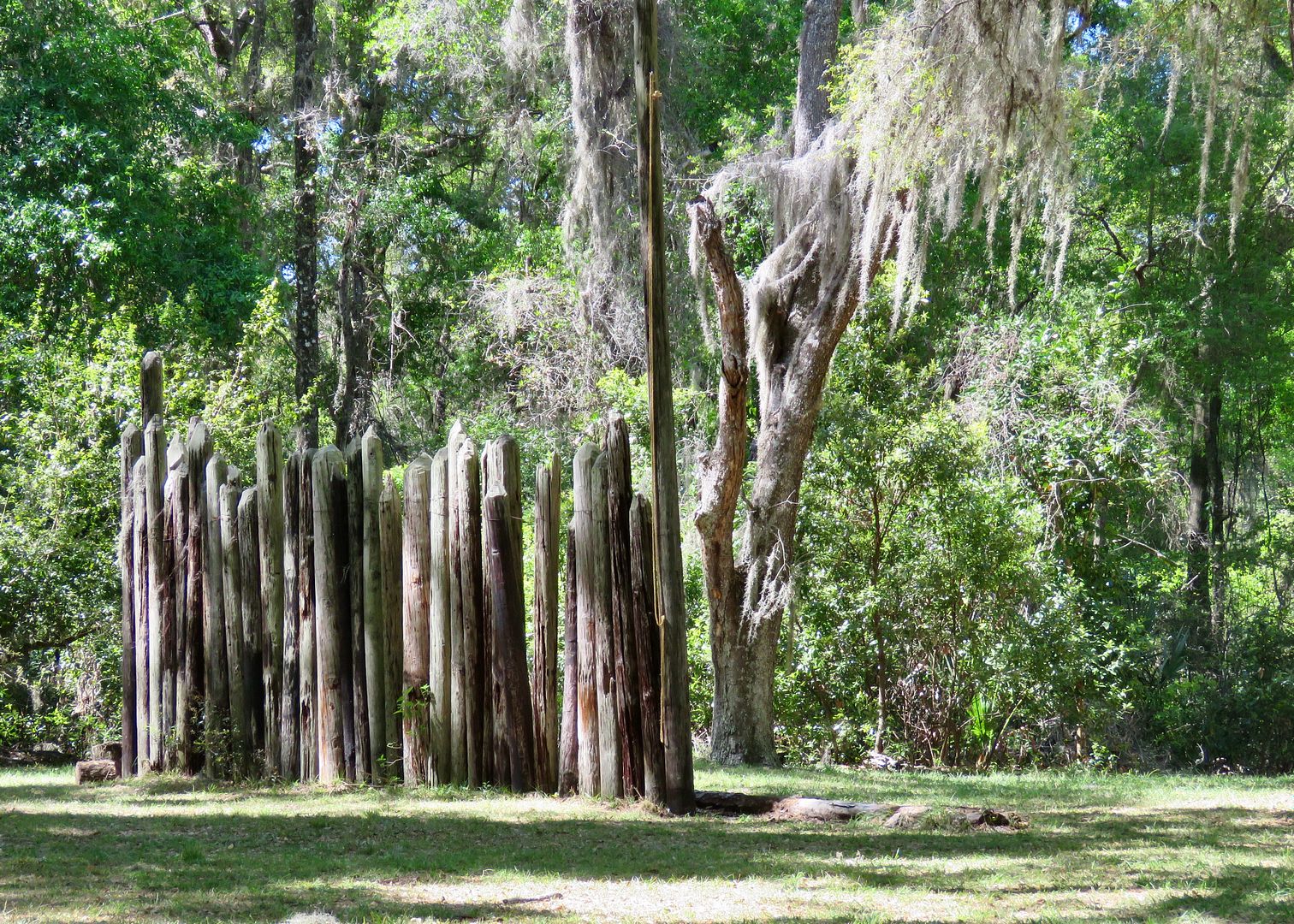

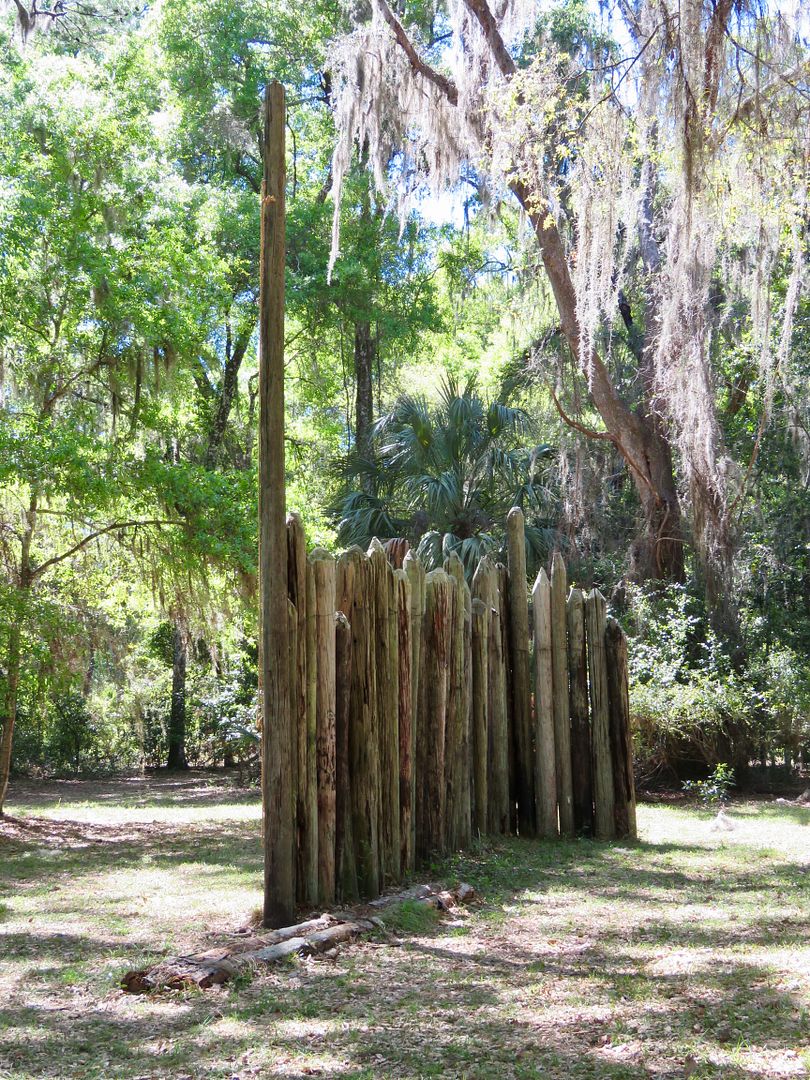

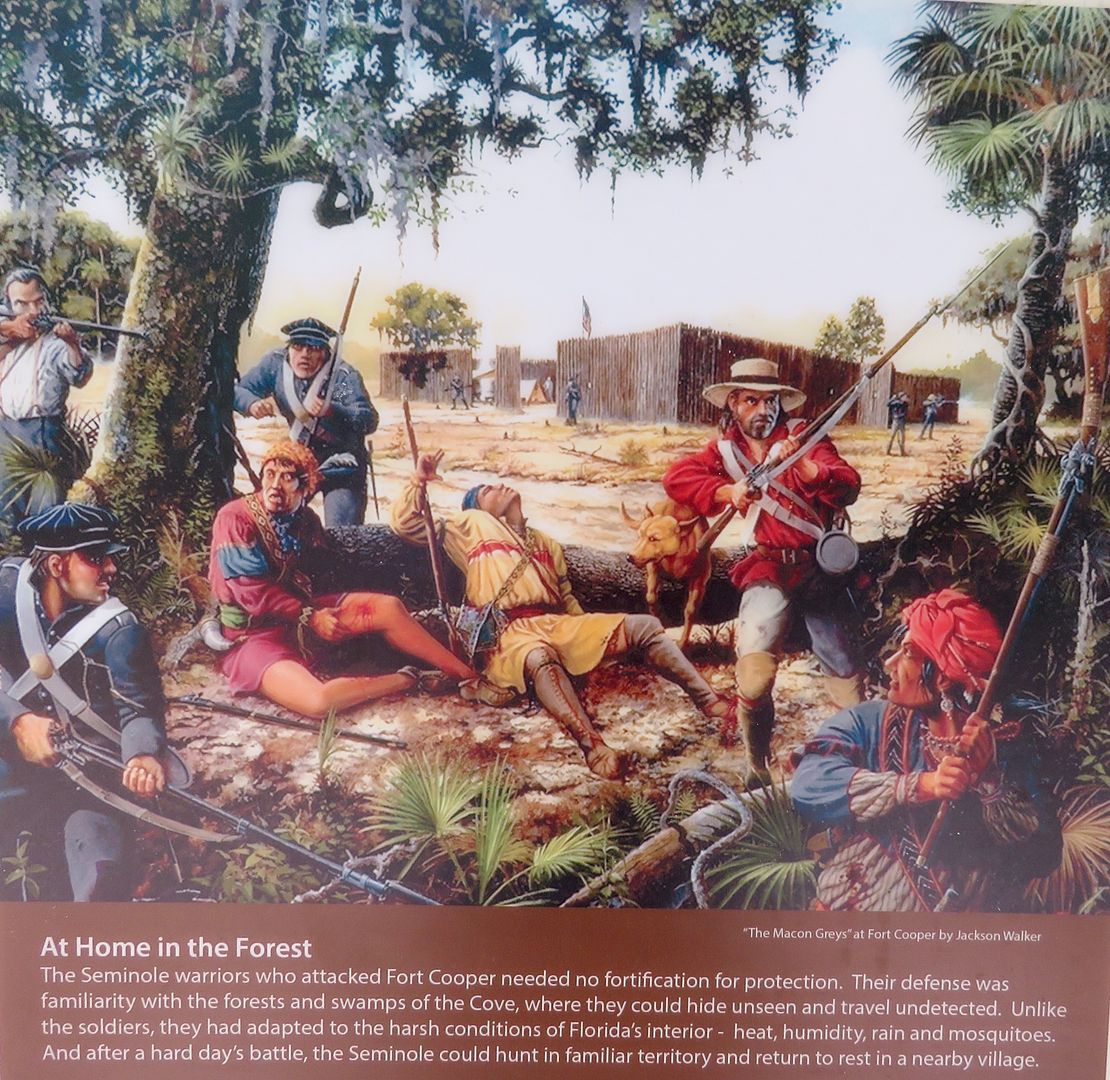


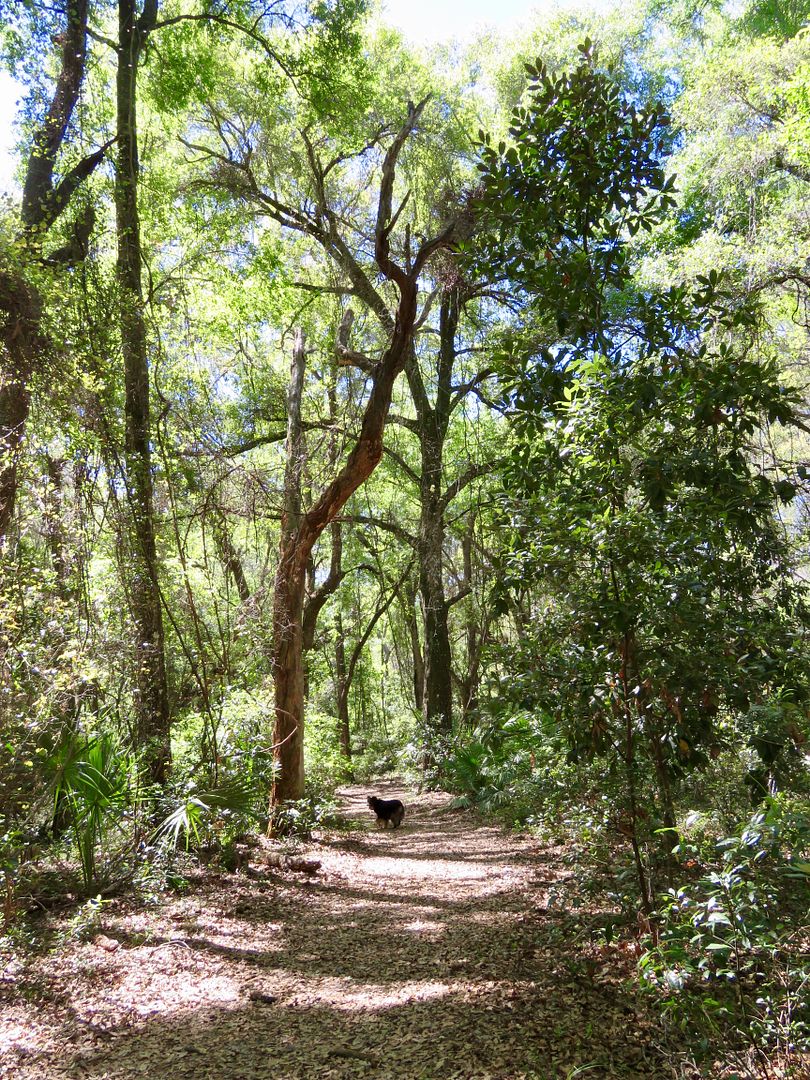

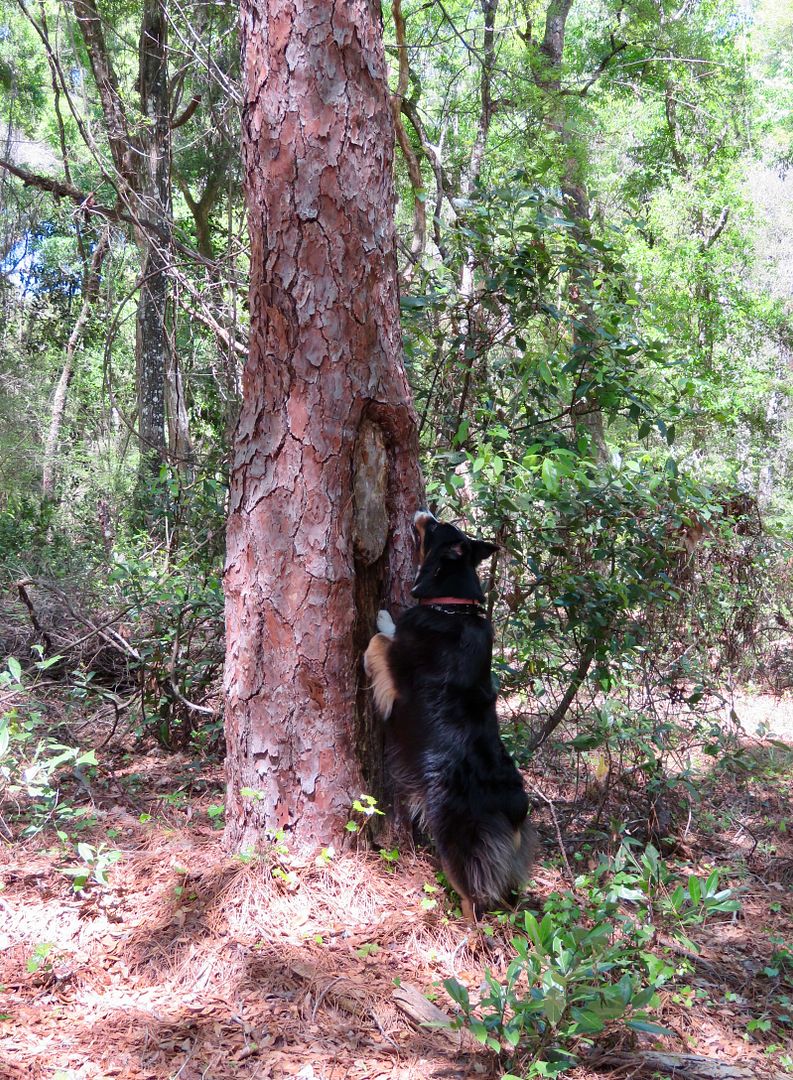
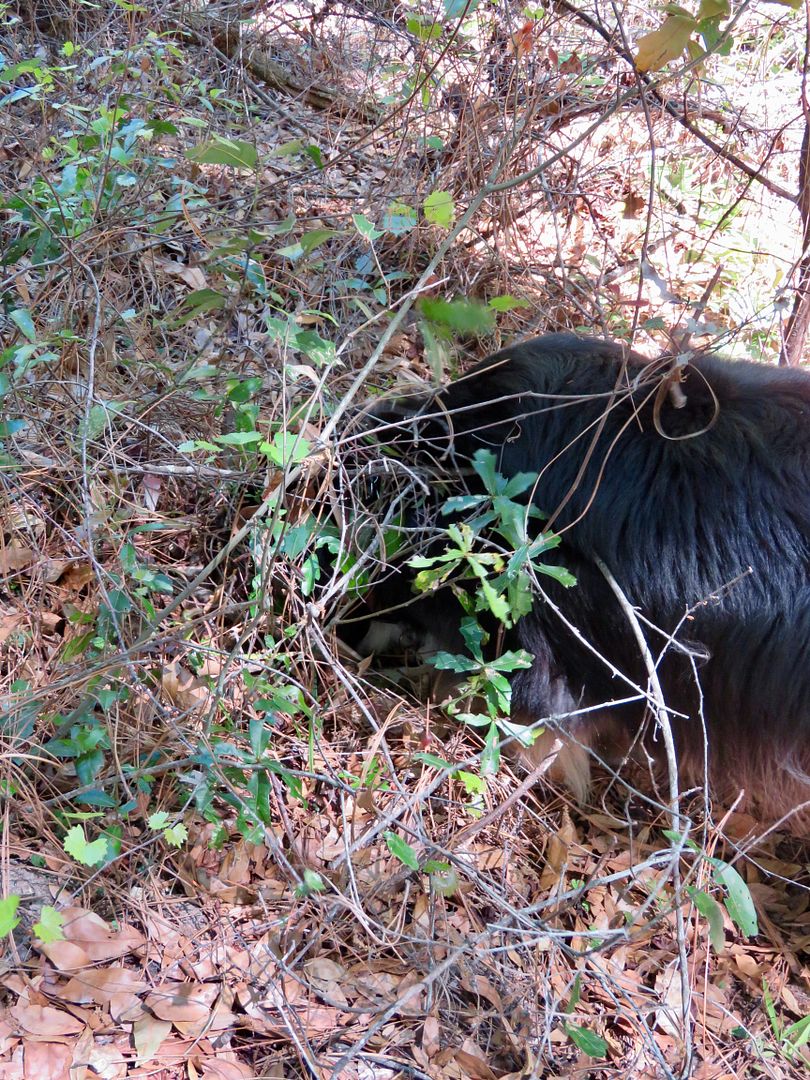
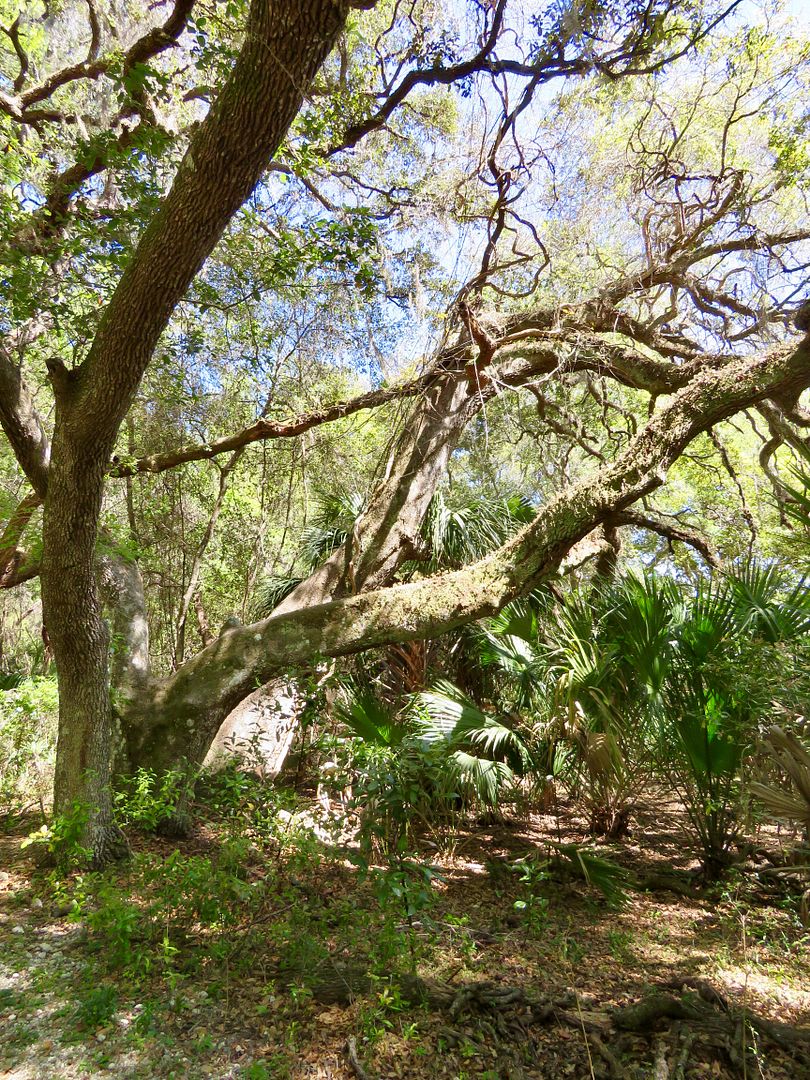

No comments:
Post a Comment